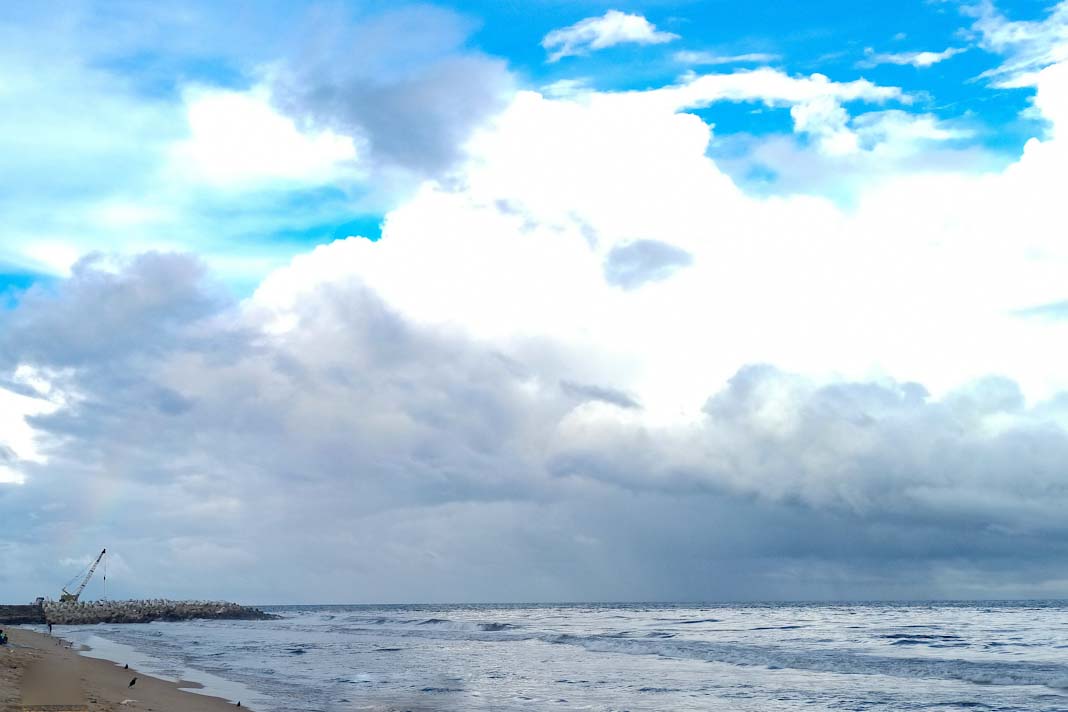The global shipping industry may have put the cart before the horse as green fuel supplies have lagged the furious pace of worldwide fleet expansions with vessels capable of burning low-carbon fuels, reports SCMP.
Methanol-fuelled vessels
A heightened interest in methanol-fuelled vessels has been driven by the shipping industry’s plans to cut carbon emissions by using cleaner fuels. Some 251 new-build methanol-fuelled vessels are either in the water or in the order book, according to joint research published in March by Finland-based chemicals research provider GENA Solutions and industry body Methanol Institute.
But there are plans to raise capacity, which could potentially surge to 24 million tonnes by 2028 if all the identified projects are financed and completed.
Holms, who is president at Wartsila Marine, a unit of Wartsila Corporation, said that while it is still early days for the sector to cut carbon intensity, technology is already available for shipowners to carry out retrofit projects and make their new-build vessels ready for low carbon fuel.
Hydrogen, methanol, and ammonia are emerging as low-carbon alternatives to fossil bunker fuels, as they emit little or no carbon dioxide during combustion. However, as they are primarily produced from fossil fuels, their supply chains have large carbon footprints.
Ammonia, a colorless and poisonous gas, is one of the most emissions-intensive commodities, according to the International Energy Agency. Just over 70 percent of ammonia – used mostly as fertilizer – is produced from natural gas and most of the rest from coal.
Green or low-carbon hydrogen, methanol, and ammonia can be produced with current technology, but they are expensive and require financial incentives to support production scale expansion and lower costs. Imposing stiffer penalties on emissions is another way to tip the balance in favor of adoption.
Among the three green shipping fuels, methanol and ammonia are poised to beat hydrogen, since liquid hydrogen is too bulky to carry on vessels due to its lower energy density.
China, which has the world’s largest shipbuilding industry, is one of the most important markets for Wartsila, which announced a major Chinese order earlier this month.
The company will supply five auxiliary engines for each of the 12 vessels under construction – five owned by Cosco Shipping Lines and seven by Orient Overseas Container Line. They are dual-fuel engines that can combust both conventional bunker fuel and methanol.
The vessels are scheduled for delivery from 2026, and the engines will be sent to shipyards when needed.
Many shipowners are opting for engines that can burn low-emission fuels when building new vessels, which typically have a lifespan of 25 years, amid pressure from international regulations to achieve net zero emissions by 2050 and customers’ growing needs for green shipping.
Did you subscribe to our daily Newsletter?
It’s Free! Click here to Subscribe
Source: SCMP

















